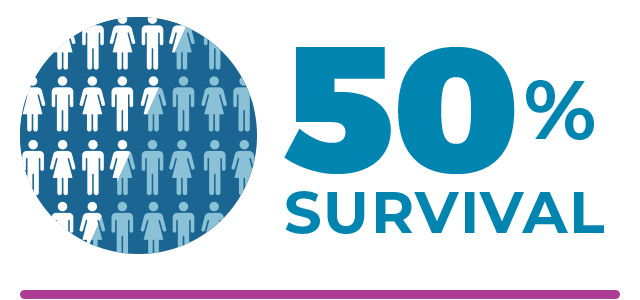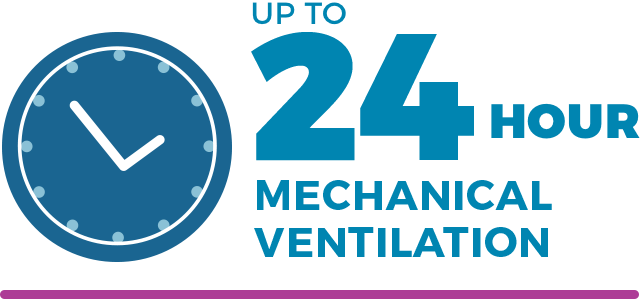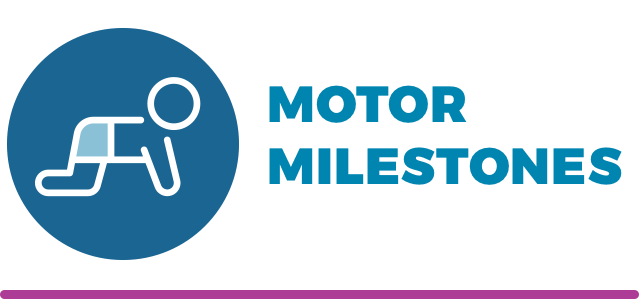XLMTM may require immediate respiratory support at birth
XLMTM is a life-threatening disease
Patients with X-linked myotubular myopathy (XLMTM) typically present at birth with profound muscle weakness, hypotonia, and respiratory distress.1-3 Symptoms range in severity, and the majority of patients require immediate intervention, such as invasive ventilatory support and gastrostomy tube feeding.4 Patients continue to face life-threatening symptoms and substantial challenges throughout their lives.
Morbidity and mortality
XLMTM is characterized by high rates of morbidity and mortality, which can significantly impact patient and caregiver quality of life and place a substantial burden on the healthcare system.1,5,6

Approximately 50% of patients with XLMTM die in the first 18 months of life due to respiratory failure or related complications (eg, pneumonia, respiratory tract infections, or ventilator-related accidents).2,5

Patients who survive infancy often require daily intensive medical intervention with up to 24 hours of invasive mechanical ventilation and gastrostomy tube feeding.1,2,5

The majority of these patients are not ambulatory, never achieving normal motor milestones, such as head control, sitting, standing, or walking.5-7

Respiratory Implications
Learn how respiratory insufficiency impacts patients living with XLMTM.


